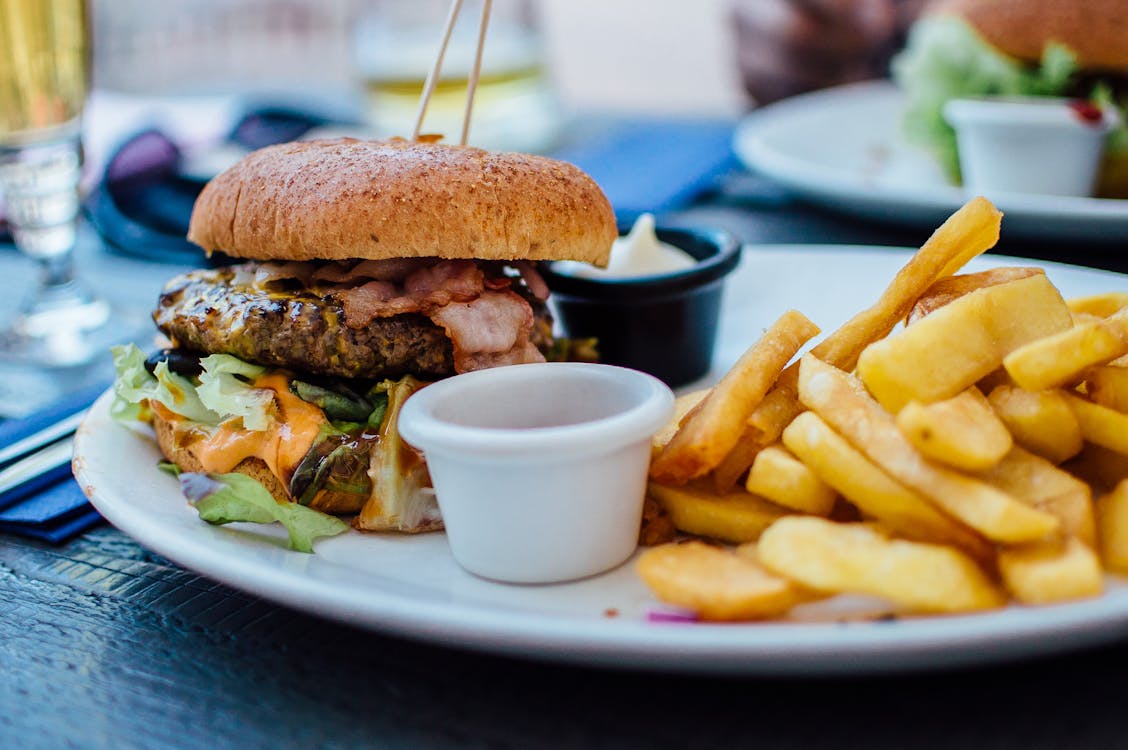Savor the Diversity: Exploring Muslim Cuisine at Indian Restaurants
When we think of Indian cuisine, what often comes to mind are the vibrant colors, complex flavors, and rich traditions that make each dish a journey through the subcontinent's cultural tapestry. One particularly fascinating and delectable aspect of this tapestry is Muslim cuisine, which has significantly shaped and enriched Indian culinary heritage. From succulent kebabs to fragrant biryanis, Muslim cuisine offers a diverse range of flavors that are a must-try for any food enthusiast. Here’s a closer look at this unique and savory segment of Indian cuisine.

The Historical Tapestry of Muslim Cuisine in India
The arrival of Muslims in India brought a significant cultural and culinary exchange that began with the early Arab traders, continued through the Turkish and Persian influences, and reached its zenith during the Mughal era. Each wave of Muslim influence left its mark on Indian cuisine, blending local ingredients with new cooking techniques and spices. The result is a rich, aromatic, and flavorful cuisine that reflects centuries of cultural fusion.
The Mughal Influence: A Culinary Renaissance
The Mughals, who ruled large parts of India from the early 16th to the mid-18th century, were instrumental in shaping what we now recognize as Muslim Indian cuisine & Muslim Restaurant. Their love for lavish feasts led to the creation of dishes that were rich in flavor and intricate in preparation. The Mughal kitchens popularized the use of nuts, dried fruits, and cream, creating dishes that were both decadent and visually stunning.
Iconic Mughal Dishes:
- Biryani: This aromatic rice dish, layered with marinated meat and a blend of spices, is perhaps the most famous contribution of the Mughal era. Whether it’s the Hyderabadi, Lucknowi, or Kolkata version, each region has its own take on this classic.
- Korma: A rich, creamy curry made with yogurt, cream, and a mix of spices, often featuring chicken or lamb.
- Kebabs: Succulent pieces of meat, marinated and grilled to perfection. Variations include seekh kebabs, made from minced meat, and shami kebabs, which are patties made from meat and lentils.
Regional Variations: A Symphony of Flavors
India’s vast geography means that Muslim cuisine varies significantly from one region to another, each with its unique local twist.
North India: A Land of Rich Gravies and Aromatic Spices
In regions like Delhi and Lucknow, the influence of Mughal cuisine is most prominent. The dishes are characterized by their rich gravies, liberal use of ghee (clarified butter), and aromatic spices. Favorites include:
- Nihari: A slow-cooked stew of meat, usually eaten for breakfast.
- Rogan Josh: A Kashmiri specialty of tender lamb cooked in a fragrant sauce.
South India: A Blend of Spices and Coconut
In the south, particularly in Hyderabad, the cuisine incorporates a lot of coconut, curry leaves, and tamarind, blending seamlessly with local traditions. Key dishes include:
- Hyderabadi Biryani: Known for its distinct spicy and tangy flavor, with saffron-infused rice and tender meat.
- Pathar ka Gosht: Meat cooked on a stone slab, imparting a unique flavor.
Coastal Regions: Seafood Delights
In coastal areas like Kerala, the Muslim cuisine features an abundance of seafood, reflecting the local produce and the historic trade links with Arab merchants.
- Fish Moilee: A creamy fish curry with coconut milk, turmeric, and green chilies.
- Prawn Biryani: A coastal twist to the traditional biryani, featuring succulent prawns.
Dining Experience: Savoring Muslim Cuisine at Indian Restaurants
Visiting an Indian restaurant to savor Muslim cuisine is an experience in itself. The atmosphere, the aromas wafting from the kitchen, and the meticulously prepared dishes all contribute to a feast for the senses. Here are some tips to make the most of your culinary adventure:
- Start with Appetizers: Try kebabs or samosas to get a taste of the diverse flavors.
- Indulge in Main Courses: Don’t miss out on biryanis, curries, and stews that are the heart of Muslim cuisine.
- Pair with Breads and Sides: Accompany your main dishes with naan, roti, or paratha, and cooling raita (yogurt-based side) to balance the spices.
- Finish with Dessert: Treat yourself to sweet delights like kheer (rice pudding) or sheer khurma (a vermicelli pudding).
Conclusion: A Culinary Journey Worth Taking
Exploring Muslim cuisine at Indian restaurants offers a rich and diverse culinary experience that is steeped in history and tradition. Each dish tells a story of cultural fusion, innovation, and a passion for flavors that have been perfected over centuries. Whether you are a seasoned foodie or a curious newcomer, the vibrant and aromatic world of Muslim cuisine is sure to leave you craving for more. So, the next time you step into an Indian restaurant, embark on this delightful journey and savor the diversity that Muslim cuisine has to offer.
- Industry
- Art
- Causes
- Crafts
- Dance
- Drinks
- Film
- Fitness
- Food
- Oyunlar
- Gardening
- Health
- Home
- Literature
- Music
- Networking
- Other
- Party
- Religion
- Shopping
- Sports
- Theater
- Wellness
- News


